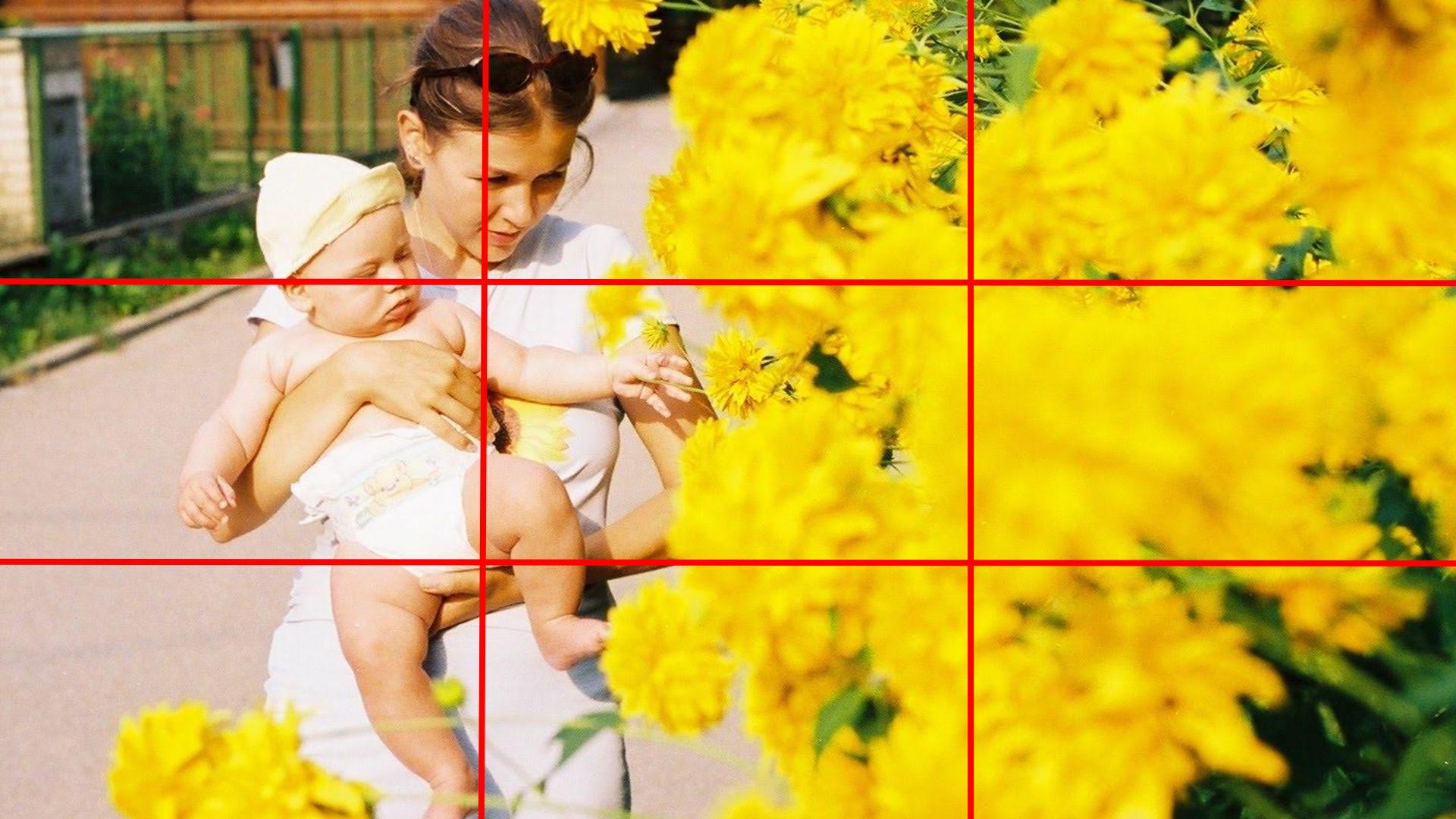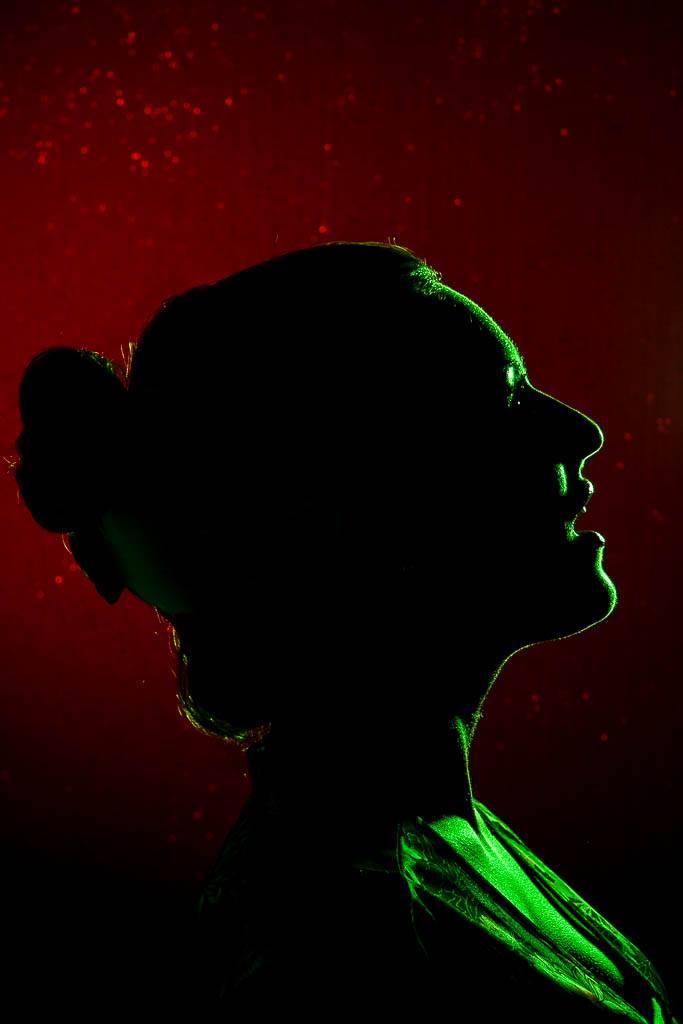Despite all the leaps in technology development for smart phones and in particular the built in camera’s capability, people are still creating mediocre images from their mobile phones. With the theoretical quality of the images unquestionably excellent, the reason people are dissatisfied with the results of their camera is not due to the technology; its because of a lack of understanding of the basics of what makes for good photographs.
Producing compelling images is without doubt, the most important point of visual storytelling today. The most fundamental aspect of making images stand out from the shots many people take on their smart phone camera, is a good understanding of photographic composition. If you need, for example, to produce compelling images such as professional business profile or headshot photographs, composition will make the difference between a mediocre image and a truly striking one, capturing a subject’s personality and, importantly, representing their brand values effectively. It’s not that only professional photographers have the insight on good composition though. They do however understand some of the simple techniques that help elevate photographs to produce compelling images of a high standard.
This is how you produce compelling images
One such technique for photographic composition is using the rule of thirds. This rule states images should be divided into thirds, both horizontally and vertically, with the photograph’s subject placed along one of these lines or at one of the intersections. The sense of balance and movement within the image then, makes it more visually interesting than if the subject were simply placed in the centre of the frame.

Here’s another important principle – negative space. Referring to the ‘empty’ space surrounding a subject in an image, this can add a sense of depth and context to an image, and help draw the viewer’s eye to the subject. In business profile or headshot photographs, negative space creates a sense of professionalism and authority.
Anybody using a camera, including one on a mobile phone, can employ these two techniques and immediately improve their photographs. Many phone camera have thirds grids as an option on their camera’s options, so its extremely easy to implement. Thinking about where you photograph a subject; so there is room around the person (or group of people) or object, helps create the negative space. Often times its merely choosing an alternative angle to shoot from that reduces things in the background that could make the final image look too busy or cluttered.
Other ideas for creating compelling photos

So; that’s two simple ideas that help produce compelling images , but there are others you could use that are independent of your image making technologies.
Another key aspect of photographic composition is using light. Lighting helps create mood, depth, and texture within images. In a business profile or headshot photograph, lighting helps create a sense of professionalism and authority. By using a combination of natural and artificial light, such as a window or a softbox, you can employ soft, flattering light for illuminating a subject’s face. As well as this, it adds shadow and depth thus creating added dimensions to the image. Using a mobile phone camera usually means you cannot work with a flash gun/strobe (at the time of writing this piece, but technology changes all the time) but you can work with continuous lighting as well as natural daylight.
Outdoors, you could photograph your subjects in direct sunlight – but it is not the most flattering for people as the shadows in, for example, eye sockets, are very dark. Where the sunlight hits a person’s nose bridge, forehead and chin correspondingly are extremely bright, creating glaring highlights. Simply moving a person into ‘open shade’ creates much more even lighting across the face and so more flattering. Shooting photos indoors drastically reduces the light levels available, but moving a subject closer to a window, offers new opportunities: Unless sunlight is streaming through the glass, window light is generally indirect and soft (like open shade). Additionally, the negative space around the subject will be darker, leading to the subject standing out more effectively from the background.
There is one other aspect worth considering for better composition and that is colour. There is probably another post’s worth of info that could cover this but briefly: Colour helps create a sense of mood, emotion, and atmosphere within an image. In a business profile or headshot photograph, colour should be used to create a sense of professionalism and authority. Added to which, corporate colours will signify branding.
Conclusion
In conclusion, photographic composition is an essential aspect of creating visually appealing and professional business profile or headshot photographs. By understanding and utilising the principles of the rule of thirds, negative space, light, and colour, you can create images that effectively capture a subject’s personality and represent their brand in a visually striking and professional manner and produce compelling images.
